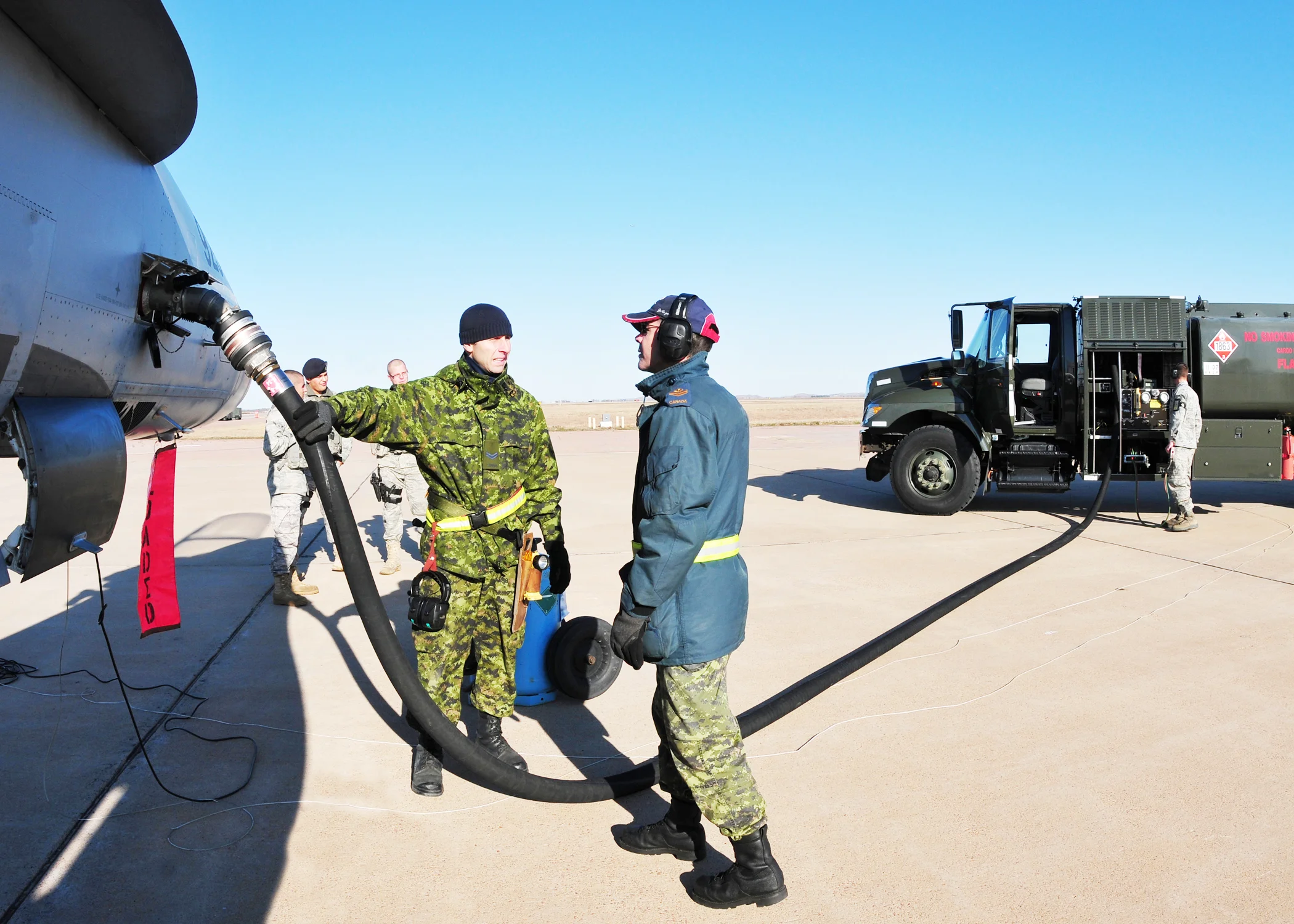Canada’s Armed Forces have a unique opportunity to drive change
By Dr. Donald Smith and Annie Webb
Published in the Hill Times
Necessity has certainly fueled invention in the energy world. As we continue to work our way through the finite global supply of fossil fuels, countries large and small have been scrambling to develop and deploy clean-energy alternatives. The most recent conflicts in Iraq sent oil prices to their highest point since the 2008 financial crisis; the global clamour for renewable energy also has strong economic overtones.
Traditionally, the military operations have not been strongly associated with environmental initiatives and policies, but times are changing. The Canadian military is now poised to drive innovation in biofuels – just as it has done so successfully with public safety technologies. Fluctuating prices have a large impact on budgets in any energy-intensive sector, and the military is no exception. Between 2005 and 2010, the Canadian Department of National Defence’s (DND) annual fuel-spend ranged from $257 million to $426 – a span of $169 million.
In 2012, the US Department of Defense (DoD) incurred $3 billion in unbudgeted fuel costs due to spikes in the global market. And when oil prices peaked at $147.30 a barrel in mid-2008, military budgets around the world took a hit. In the wake of such cost swings, the DoD has adopted an ambitious strategy to reduce dependence on fossil fuels and to develop renewables. As an example, the US Navy and the US Marine Corps have set a goal of obtaining 50 percent of their total energy from alternative sources by 2020, while the US Army is targeting 25 percent by 2025. The Marines are also preparing to launch the Great Green Fleet – a group of ships and aircrafts that use alternative sources of energy – in 2016.
Canada’s military has also made strides toward a greener future, starting with the establishment of the Directorate of Fuels and Lubricants (DFL) in 2008. Since that time, the Directorate has been carrying out its twofold mandate: to monitor the fuel consumption and efficiency of Canadian Forces assets and to set standards for the use of alternative fuels. Two years ago, the Royal Canadian Air Force successfully flew a CC-130H Hercules aircraft powered by a combination of conventional fuel and plant-sourced oil. The plant in question was Camelina sativa, a member of the mustard family. Not being part of any human or animal diet, it doesn’t compete with the food chain, which makes it an especially promising source of alternative energy. The two-hour, 160-km flight proceeded uneventfully, with no discernible difference from a traditionally fuelled flight. Even when the pilot shut down and restarted the engine in the air, the biofuel mix came through with flying colours.
A blend of conventional and plant-sourced jet fuel has the obvious advantage of reducing greenhouse gas emissions – an important consideration for the federal department with the largest carbon footprint. In addition, plant-sourced fuel could become a promising new industry for Canadian farmers. The DoD has been transitioning to biojet fuel within some of its operations. Making a similar transition would help Canada keep step with our long-standing US allies. “Since our allies are exploring the use of biojet fuel, we also want to ensure that […] our equipment, handling processes, as well as the type of fuel that we use are interoperable,” stated Lt.-Col. Geoffrey Carter from the DFL in a 2012 news article by the Royal Canadian Air Force.
From an economic standpoint, moving to renewables has never been more feasible than it is today. Advances in conversion technologies, such as more efficient harvesting and cheaper pretreatment processes, have substantially lowered the costs of advanced biofuels. A case in point: the U.S. Navy has contracted three private companies to provide them with 150 million gallons per year of diesel biofuel at an average cost of less than $4 per gallon – a figure that competes with the price of conventional fossil fuels. What’s more, commercial-scale advanced biofuels fuel plants have been opening all across North America, making it easier than ever to do business in the sector. Just this year, Enerkem made its debut in Quebec and Enerkem/Greenfield Ethanol set up shop in Edmonton. Across the border, KiOR, Poet/Royal, INEOS Bio and Abengoa are just a few of the plants that have recently begun operations.
The cost of conventional fuel, importance of energy security, and need to safeguard our planet’s resources create a strong case for increasing the use of renewable fuels in every sector. A clean-tech strategy also makes sense from a military standpoint: Given that other countries are greening their military operations, harmonization of fuel sources will make it easier to participate in joint ventures such as international peace-keeping operations. As a respected institution with high energy needs and ample resources, Canada’s Armed Forces have a unique opportunity to drive change. By integrating biofuels into its energy platform, the military can achieve greater fuel security and serve as a role model for other countries facing the same fork in the road.

